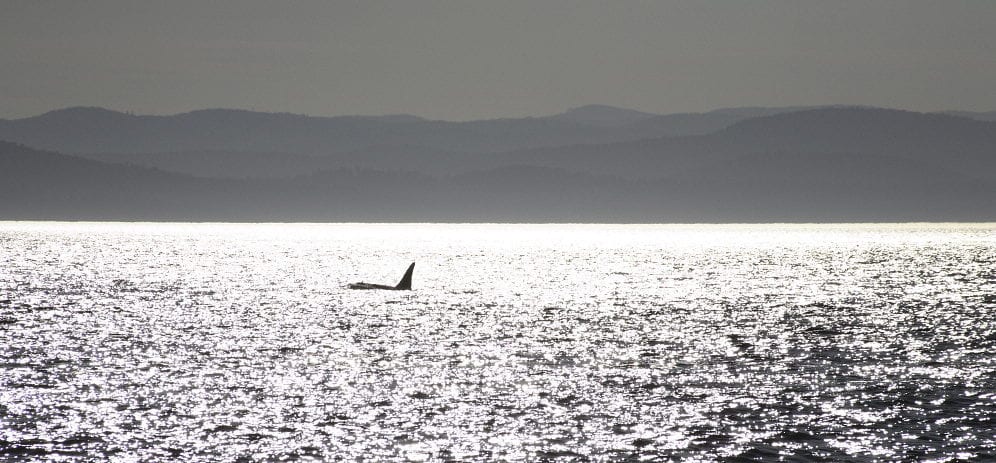By: Nithin Coca
Send to a friend
The details you provide on this page will not be used to send unsolicited email, and will not be sold to a 3rd party. See privacy policy.
[JAKARTA] Oceans are rolling to the forefront of the global conservation agenda as the United States and Pacific island nations launch programs to protect global waters.
Ocean conservation made headlines last month (June 17) when US President Barack Obama announced that the US government will expand the Pacific Remote Islands Marine National Monument in the south-central Pacific Ocean, making it the largest marine reserve in the world. Under the plan, the existing reserve of 225,329 square kilometres would grow nine times to 2,025,300 square kilometres.
A day earlier (June 16), the tiny island nation of Kiribati pledged to ban all commercial fishing in a large swath of waters in the central Pacific Ocean, which is a major spawning ground for tuna. Other Pacific island nations are expected to follow suit.
Obama said the US would be working with stakeholders and neighbouring Pacific island states to create well-regulated, transnational reserves. His announcements came alongside international commitments to improve the traceability of marine take or exploitation, including fishing, through greater use of satellite technologies to assist monitoring and enforcement.
The recent US moves were welcomed by scientific and civil society communities that have been working together to protect the world’s endangered oceans.
“There has been a dramatic turn of attention to oceans due to the realisation, fuelled by science, that very scant attention was being paid to protect marine environments,” says Dawn Martin, executive director of SeaWeb, an international non-profit organisation that uses communications and social marketing techniques to advance ocean conservation.
The designation of new marine reserves is a “landmark achievement”, adds Emily Wonglom, vice-president of Ocean Conservancy, a US-based environmental advocacy group which helps formulate government ocean policies and programmes.
“Protecting special marine places is a great opportunity to ensure a productive, healthy ocean for future generations,” Wonglom tells SciDev.Net.
But while the expansion of marine reserves can help protect global marine biodiversity and mitigate climate change, environmentalists stress that what really matters is enforcing strong protections.
“The science community has shown that if you protect these areas strongly, they will recover much more quickly than with limited or no protections,” stresses Lance Morgan, marine ecologist and president of the Marine Conservation Institute, a marine science and research centre in the US.
Even with the enlargement of marine preserves, these would only cover 2 per cent of the world’s oceans, with only half of that under the strong protections that many scientists and civil society groups are calling for. This is significantly less than the ocean area allotted globally to exploitation, not only in fishing but also for offshore oil and gas development.
“So while designating new marine preserves is a step in the right direction, much more is needed if ocean biodiversity is to be truly protected and if marine sanctuaries are to provide a buffer against climate change,” Morgan tells SciDev.Net.
“Ultimately, we need 20 per cent ocean cover protection to tackle global challenges. Scientists and policymakers have a lot of work ahead to achieve the conservation goals,” says Morgan.
This article has been produced by SciDev.Net's South-East Asia & Pacific desk.














